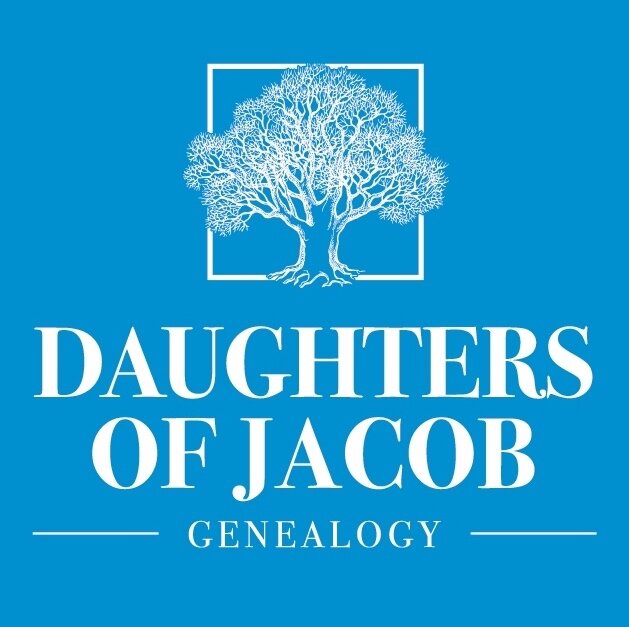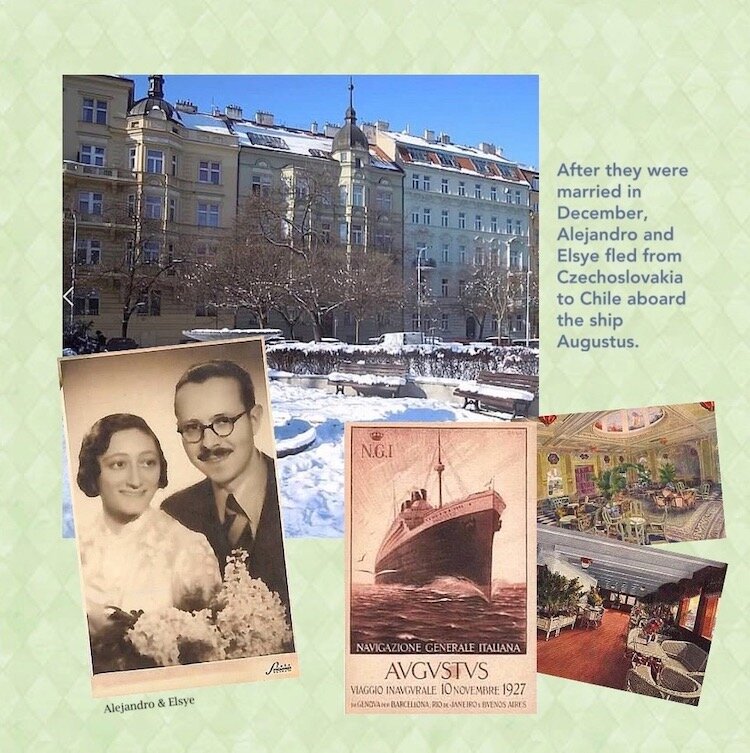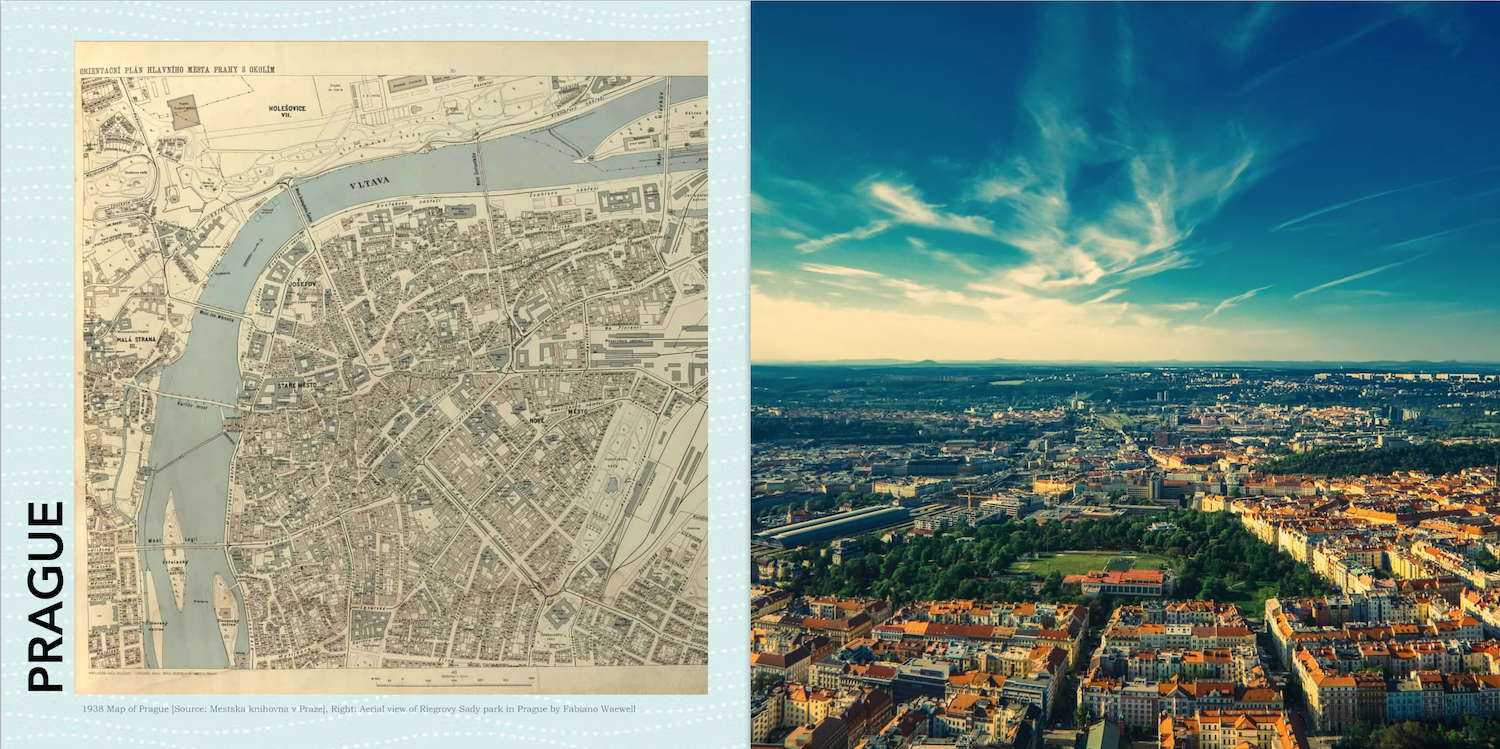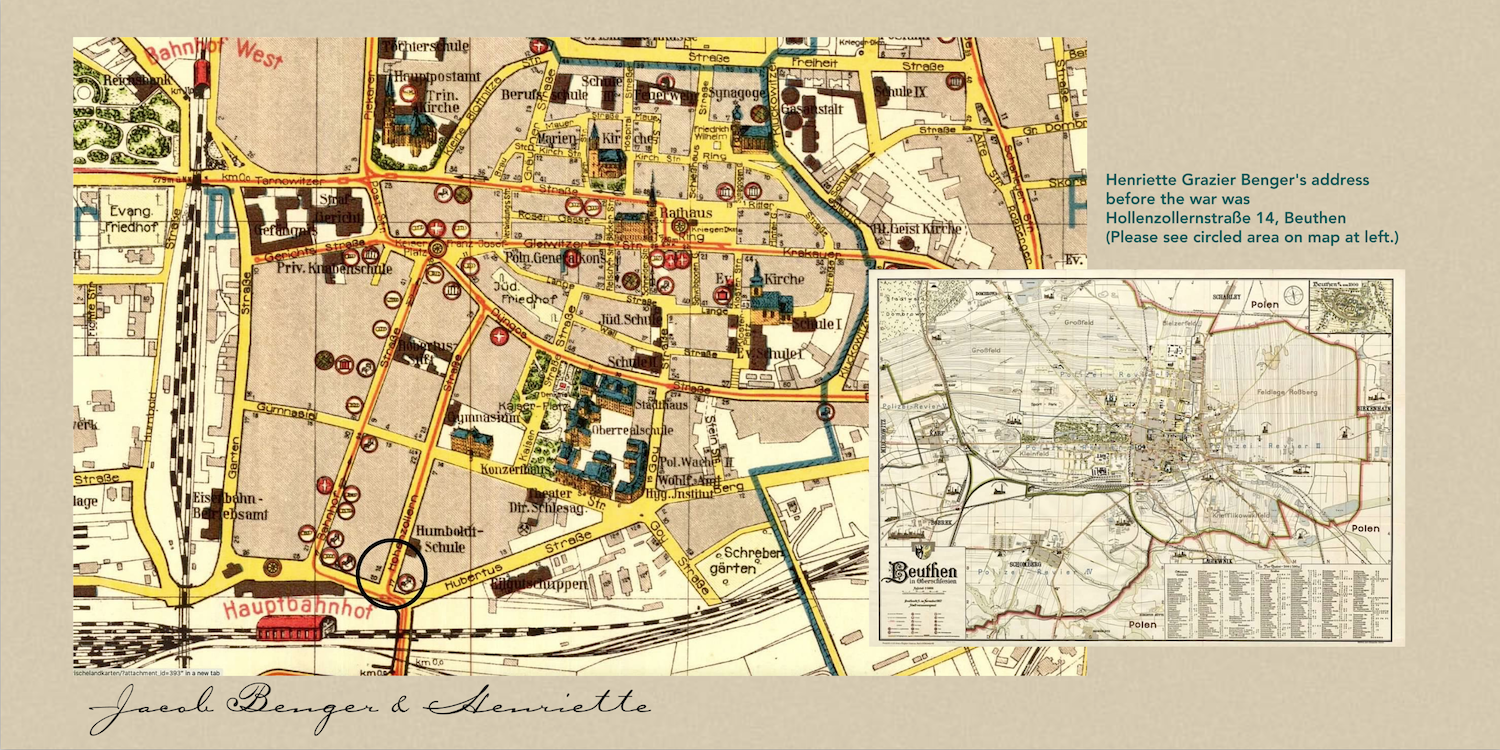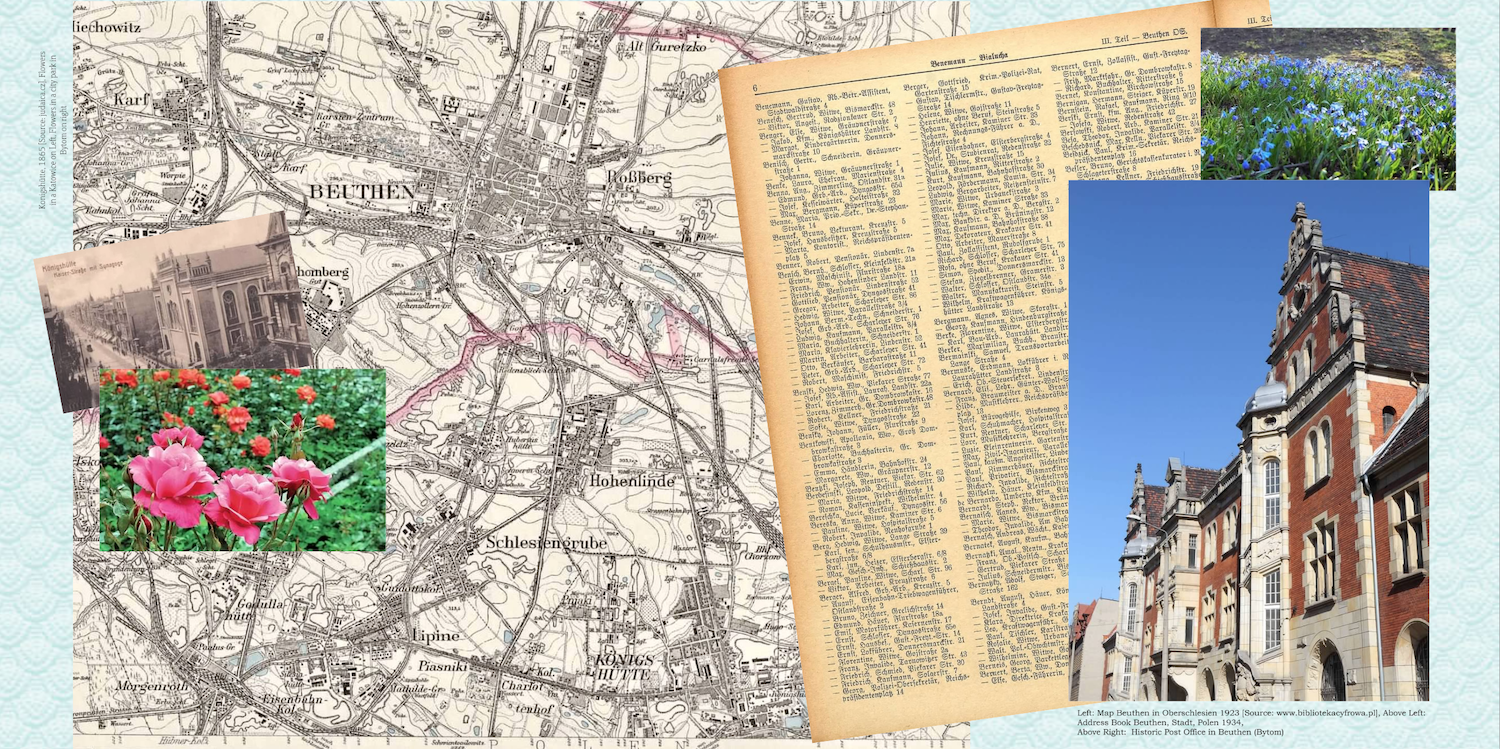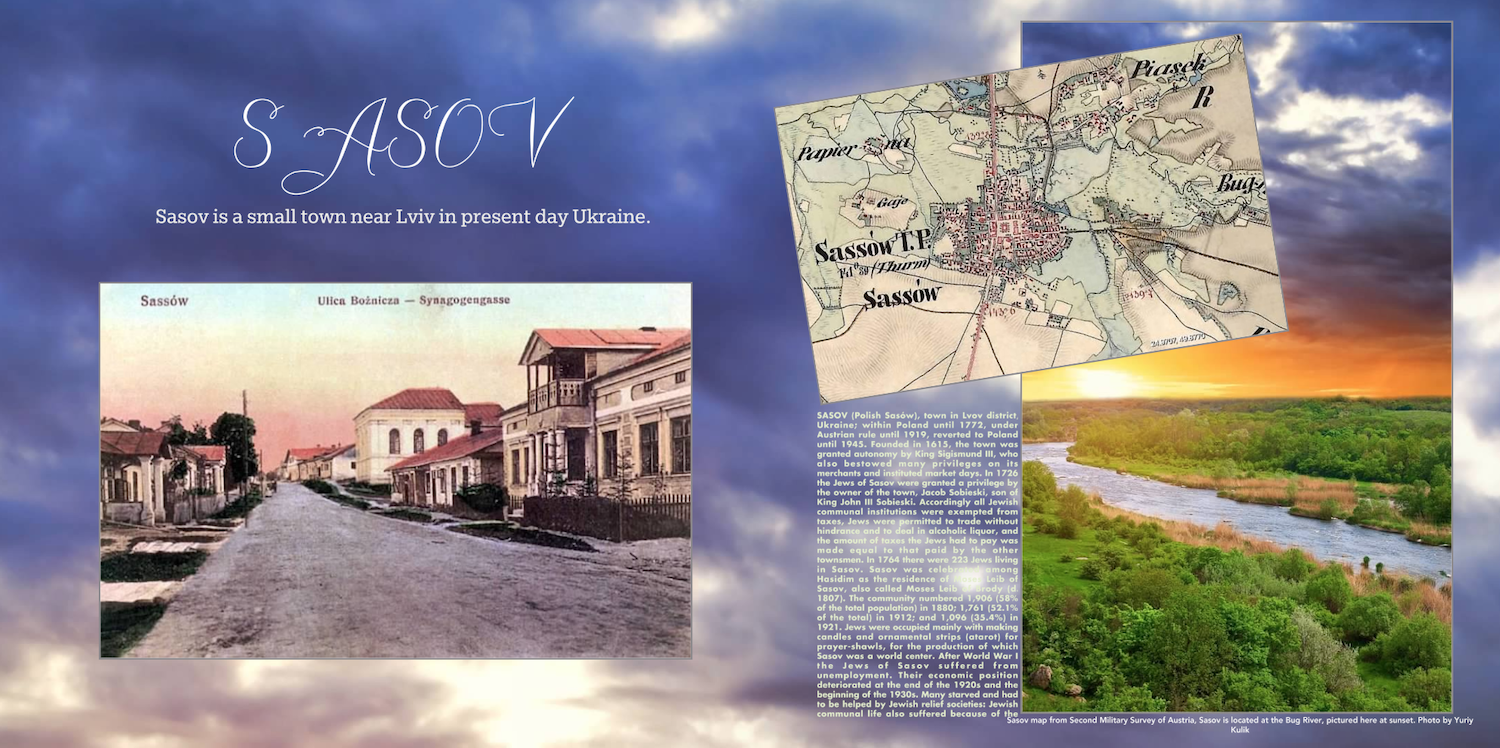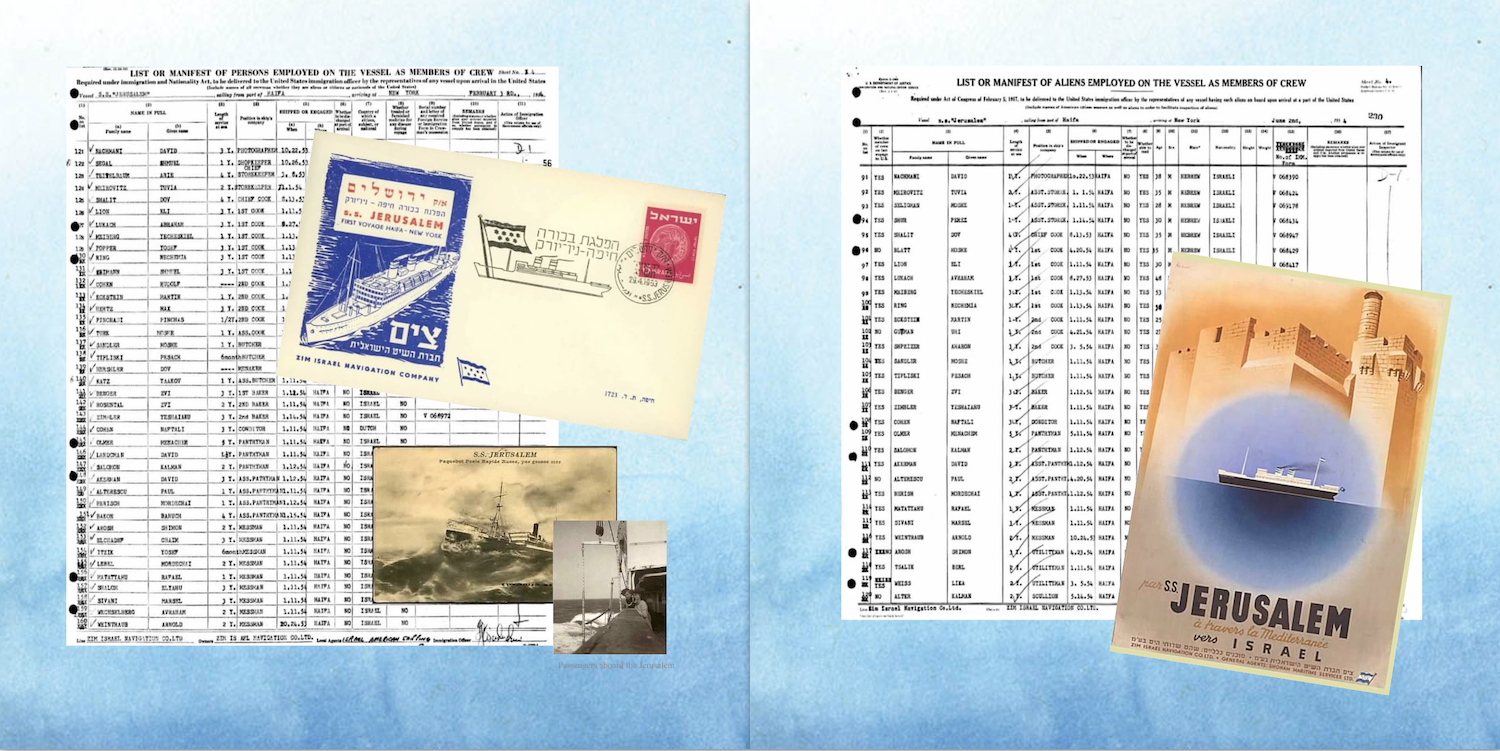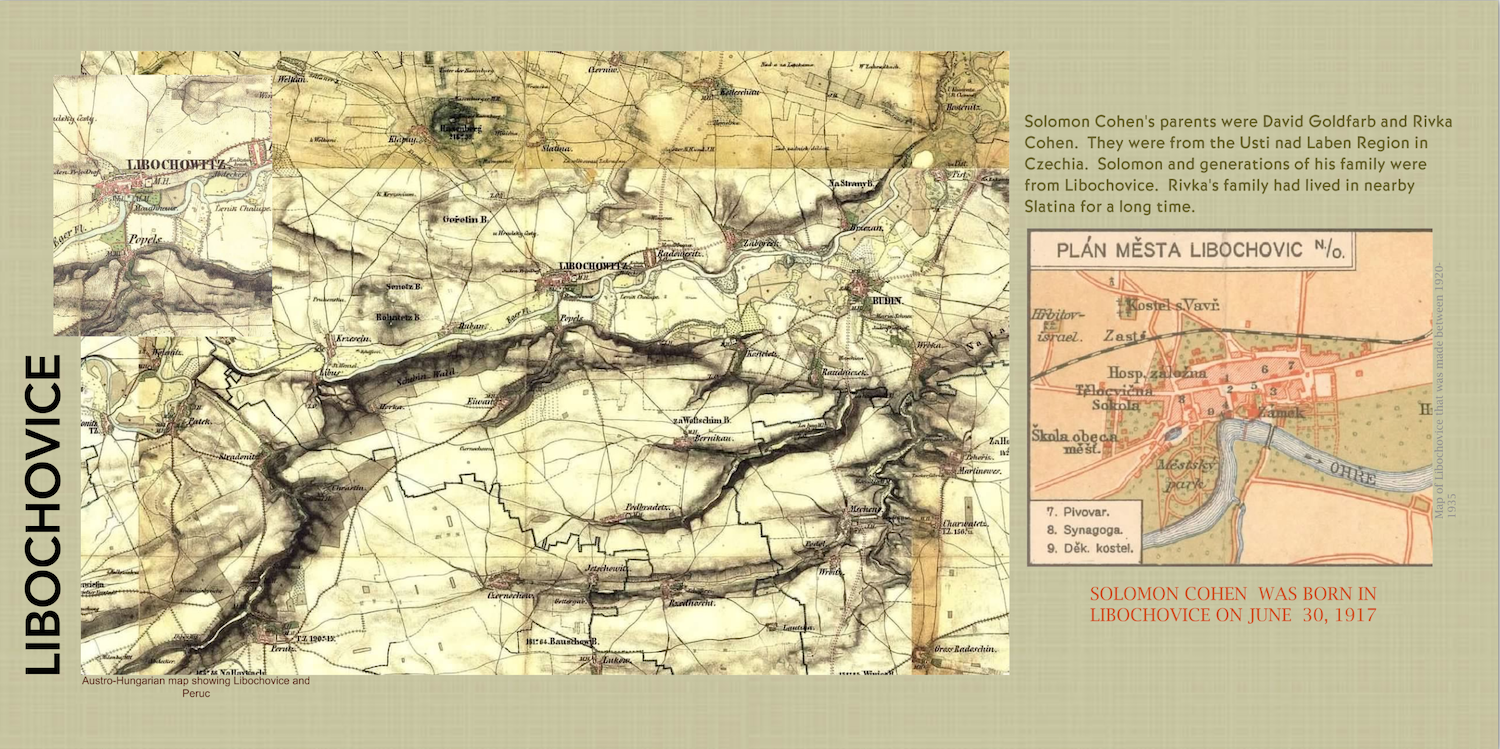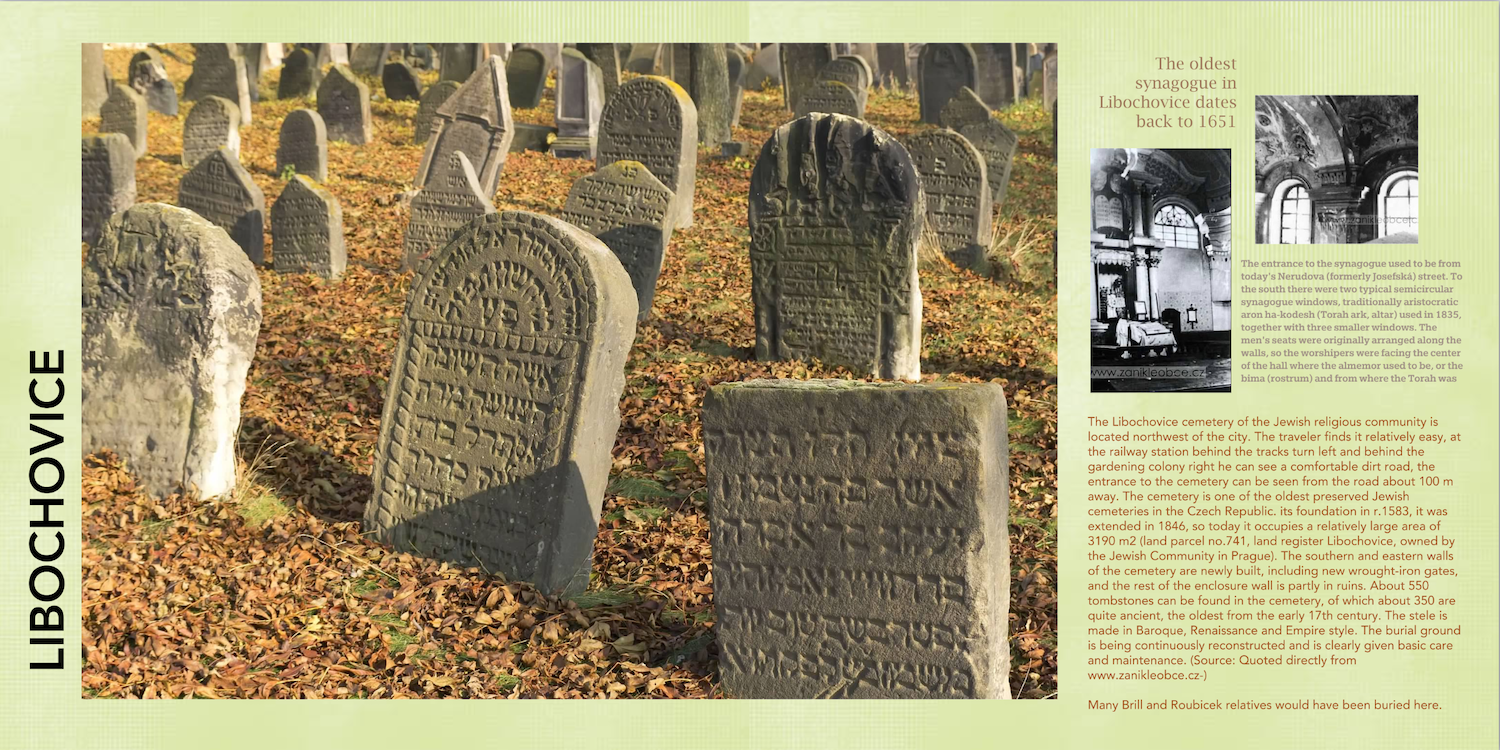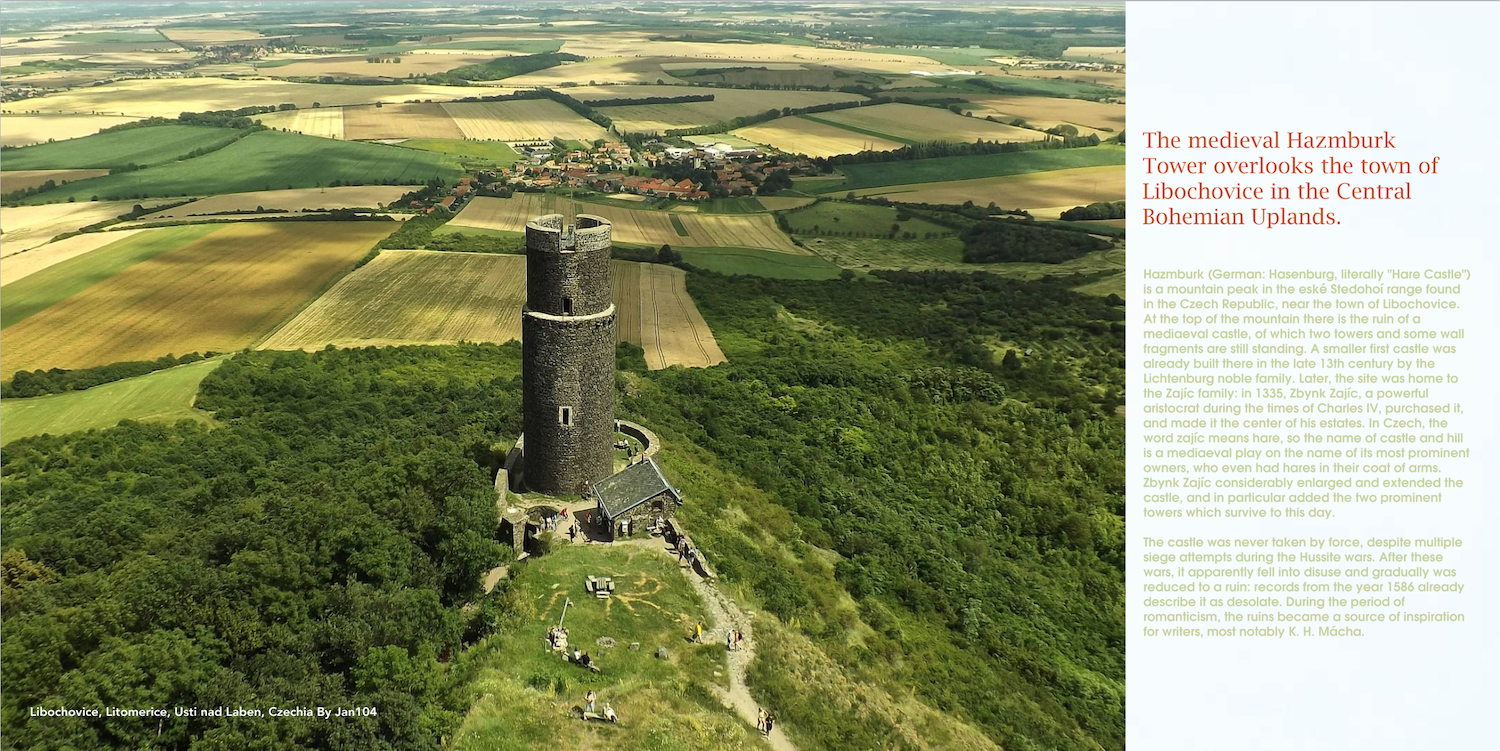Location, Location, Location.
This Design Details Gallery tour highlights the important role of Location Research in our books. The book pages we share here are drawn from work done for a variety of clients.
Where in the world…
Research: It is not always possible to pinpoint where a family lived, but if the location can be narrowed down even to a region, your book can give a feel for what they may have seen every day.
Content: The Carpathian mountains, pictured here, are a defining landform stretching across Czechia, Slovakia, Poland, Austria, Hungary, Ukraine, Serbia, and Romania.
Design: Landscape spreads, such as this one, make the book feel more open and thus relaxing and inviting.
First home
Research: A marriage license, dated December 1938, stated Alejandro’s and Elyse’s exact addresses.
Content: Because of that information, Lisa was able to find a beautiful photo of the apartment buildings where they lived.
Design: The winter photo of their home reflects their December wedding as well as the political chill in the air. The opulence of ship on which they fled accentuates the irony of their circumstances.
Bird’s-eye view
Research: The apartments pictured in First Home are in Josefov, or Josefstadt, the Jewish quarter of Prague, shown here in a 1938 map of Josefov and old town Prague.
Content: The arial photo on the right shows Riegrovy Sady park that the newlyweds would have seen from their apartment.
Design: The backgrounds for this page and First Home employ colors and designs that Elsye may have encountered in fabrics and wallpapers of her day.
On track
Research: The family had Henrietta’s exact street address in Beuthen (now Bytom, Poland) before WWII. Lisa was able to find it on a map from that time.
Content: Lisa circled Henrietta’s residence near a train station. The fact that she lived in a city with many rail lines to Berlin shed light on a possible explanation for how some of the family lived in Bytom and others in distant Berlin.
*Design: The visually busy map from the 1927 conveys a sense of the busyness of this industrialized, rail hub city during those years.
**After other written, get date(s) for maps and add to alt-text,
A closer look
Research: Bytom had a thriving Jewish community when this map was made in 1923. Lisa found names of family members in a 1934 telephone directory.
Content: Henrietta was probably quite familiar with the synagogue (left) and post office (right). The flowers on this spread are also from Bytom.
Design: The light aqua background on this page echoes those of Bird’s Eye View and First Home, although with a different, subtle design, bringing unity and calmness to the book.
Mazal tov!
Research: Handwritten records can be difficult to search, yet in addition to the excitement of finding the information, there is something special about seeing the handwriting of someone who was actually present at the event.
Content: The document on the right is half of Noach’s 1902 birth record. His entry is on the bottom row. The first column gives the name of his mother, her parents, and their home town. The next three columns give the signatures of the witnesses, the rabbi who performed the circumcision, and the midwife.
Design: The background is the Carpathian Mountains near Mostiska, setting the backdrop for Noach’s birth. The view of town gives a sense of how mountainous the region is.
Note: These pages were reformatted from a rectangular layout to a square layout to be consistent with our current product line. Thus, only half of the birth record is seen here, although entire record is seen in the original book.
At the heart
Research: We can usually find images or information about the synagogue that serves, or served, an area.
Content: From the many records that we found for this family, it was evident that this synagogue played a central role in their lives.
Design: The background of grass is a closeup from the Carpathian Mountain landscape on the previous page. The green enlivens the black and white synagogue plans.
Note: The layout of this page has also been affected by reformatting from a rectangular layout.
Which Sassow?
Research: Our clue for finding this town was the name “Sassow” with no country mentioned. There are several towns with phonetically equivalent names. Determining which one was the family’s ancestral home took many hours of research.
Content: An 1864 map and early 1900s postcard give a feeling for the eras when the family lived here. A high definition photo of the Bug river that runs through the town brings it into the present day.
Design: The dramatic background is drawn from the sunset photo on the right.
Bread on the water
Research: Sometimes a ship is home for a time. These ship manifests reveal that Leib worked as a baker on the Israeli ship, SS Jerusalem, docking in New York City in 1954.
Content: The period post cards and photos take us back to the heady days of the 1950s.
Design: Angled placement of the post cards over the manifest give a feeling of movement. The background suggests the endless water surrounding life on a ship.
Map it out
Research: Some maps, such as these from the 1860s and 1920-30s, include immense amounts of information, even down to the location of each building.
Content: These detailed maps show Libochovice in its rural surroundings, giving a sense of how isolated this tiny village was. It never had more than about 350 inhabitants. Surely everyone knew everyone, and their parents’ parents!
Design: The focus of this page is on the maps, which have an artistic presence all their own.
Eloquence in stone
Research: Headstones and written cemetery indexes can be a rich source of information. However, finding a beautiful picture like this is rare.
Content: Surely, in a village this tiny, many of these headstones are those of Solomon’s relatives.
Design: The focus of this page is on the artistry of the carvers who honored family members in stone.
Scenic viewpoint
Research: By piecing together information from multiple documents, we were able to learn exactly which plots of land Solomon farmed.
Content: This photo includes not only the town, but also the land that Solomon farmed. The family would have been very familiar with the sight of this ancient tower.
Design: This restful, summer landscape allows us to look out on a scene very much like what Solomon and his family saw every summer day.
